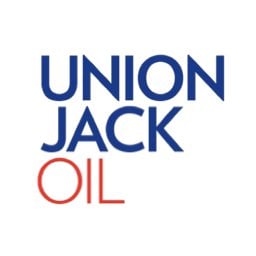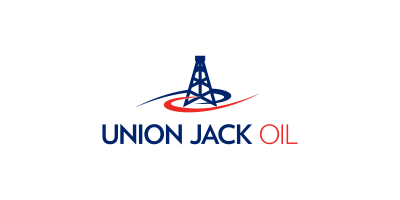A faint undercurrent of optimism threaded through global trading floors as whispers of eased tariffs and a surprisingly steep inventory drawdown combined to lift oil benchmarks, yet shadows of diplomatic friction ensured that traders remained wary.
Brent futures edged up to the high-$68 range as investors absorbed the implications of recent U.S. agreements that pledge to trim duties on Japanese automobile exports in return for a substantial investment package. That accord, together with nascent U.S.-EU talks mooted to settle tariffs at around 15 percent, has rekindled hopes that broader trade détente could bolster demand for energy, particularly if supply chains regain momentum. Against that backdrop, the unexpected removal of some 3.2 million barrels from U.S. crude storage signalled stronger consumption or tighter logistical flows, reinforcing the sense that market balance may be shifting, at least temporarily.
Yet, for every bullish whisper, a cautionary murmur reminded participants of the fragile peace elsewhere. High-stakes negotiations between Washington and Beijing still teeter on a knife’s edge, and fresh restrictions on shipments through Russian Black Sea ports have underscored the potential for sudden supply‐side shocks. Meanwhile, intermittent talks in Istanbul over the Russia-Ukraine conflict have failed to yield a lasting ceasefire, keeping eastern Europe as a persistent wild card for any forward-looking energy strategy. Together, those factors have imposed an invisible ceiling on how far and how fast prices can climb.
This delicate interplay between trade diplomacy and actual stock levels is particularly consequential for portfolios poised on long-term positioning. If tariff relief ushers in a phase of renewed industrial activity, demand for refined products could benefit, buoying refiners and integrated producers whose margins expand when utilisation rates rise. Conversely, any breakdown in negotiations or a fresh wave of sanctions could tighten availability almost overnight, favouring those upstream players with flexible production capacity and low marginal costs. In either scenario, active managers and strategic allocators must weigh the timing of entries and exits carefully, as the path of least resistance for prices may change as swiftly as weekly inventory reports.
The recent inventory data, reported by the U.S. Energy Information Administration, defied analysts’ expectations by revealing a draw more than double projections. That outcome hints at either accelerating downstream burn or inventory repositioning ahead of anticipated summer demand. For investors, the distinction matters: durable consumption gains signal a genuine shift in market balance, whereas logistical reshuffling may prove transient. In practice, though, the outcome provides a tactical lift to oil prices, even if the narrative driving the gain remains subject to reinterpretation with each new data release.
On the trade front, the deal with Japan, which involves a $550 billion investment and loans programme, captures how intertwined industrial policy and energy demand have become. Automotive production underpins significant consumption of diesel and jet fuel, and any acceleration in output may underpin sustained crude uptake. Similarly, a framework agreement with the European bloc, should one materialise, could facilitate smoother flows of machinery, chemicals and consumer goods, all of which rely on oil-derived feedstocks and transport fuels. These dynamics place energy executives and investors at the crossroads of macroeconomic policy and firm-level strategic decisions, compelling a holistic view of risk and reward.
Union Jack Oil plc (LON:UJO) is an oil and gas company with a focus on onshore production, development, exploration and investment opportunities within the United Kingdom and the United States of America hydrocarbon sector.








































